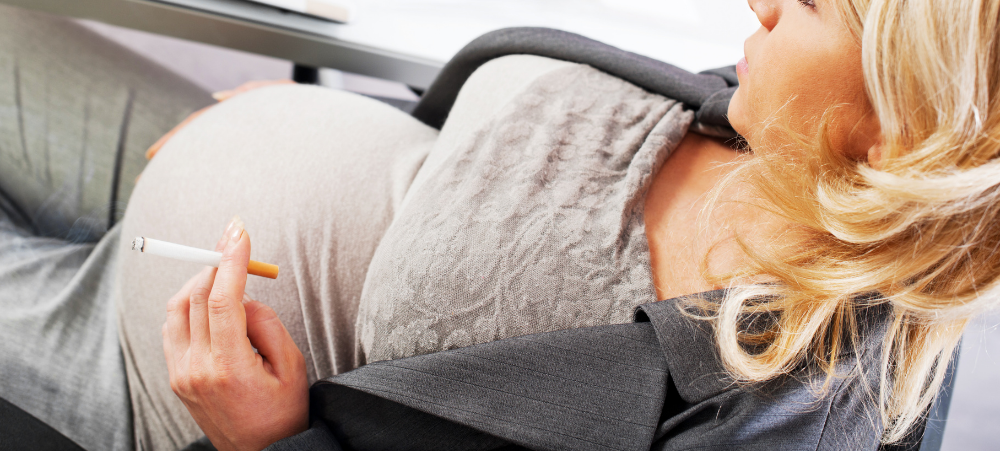Poison ivy has grown more toxic than ever before, making your family time outdoors a potentially big hazard for your children. Fortunately, kids are no more susceptible to poison ivy than adults, and the symptoms they experience are exactly the same. Here’s some tips on how to keep you and your family safe from the effects of poison ivy.
How It Makes Your Child Sick
The urushiol found in poison ivy is what causes trouble. This substance is found in every part of the plant and has no tell-tale warning signs of its presence: it’s odourless and lacking colour. The only physical sign is its sticky, sap-like consistency, something that can really only be recognised once contact is made. Even brief contact with urushiol can cause a rash that lasts up to three weeks. But touching poison ivy itself isn’t the only danger. Urushiol can be transferred from animals or even clothing that has come into contact with the oil. The best way to protect your children from poison ivy is to teach them about its appearance. The old line “Leaves of three, leave it be!” is enough for little ones, but if you wish to be vigilant yourself you’d do well to learn more specifics about the plant.
How To Tell Your Child Is Afflicted
Contact may not be immediately recognised. That’s because it can take one-to-three days for the earliest symptoms to appear. Once they do, you’ll notice a pattern on your child’s skin based on how the urushiol touched them. It’s when blisters, swelling, itchiness, and inflammation occur that your child will need special attention. Even a small amount of the plant’s oil can cause rashes, and your child may not be able to resist the urge to itch. If they do itch, they risk spreading the rash to other areas of their body.
These symptoms will pass naturally in a few weeks. However, if the symptoms worsen, impact your child’s ability to breathe, if they have a fever, or if the rash covers over half of their body, seek professional medical treatment as soon as possible, as these symptoms may be caused by heightened sensitivity. If poison ivy is burned and the smoke inhaled, or if the plant is ingested, these symptoms affect the lungs, digestive tract, and other internal organs. Such cases require emergency medical treatment and could prove fatal if left alone or addressed improperly.
The More You Know, The Safer You’ll Be
As the old saying goes, “Prevention is the best medicine.” If your child loves the outdoors, make sure they wear long-sleeved cotton shirts and pants to limit the amount of exposed skin. If you suspect your child has come into contact with poison ivy, thoroughly wash the affected part of their body with warm, soapy water as soon as possible. You can wash away the urushiol up to fifteen minutes after exposure and eliminate the risk of rash. If a rash does ensue you can start treatment at home by alleviating the itch with cool baths, ice packs, over the counter pain relievers, and calamine lotion. It is absolutely necessary that your child understands not to itch the rash! In severe cases where the pain is too much, a doctor can prescribe steroid creams.
Though most cases aren’t serious, exposure to poison ivy can still be painful and traumatic for a child. Through education both you and your children can be more alert to the dangers posed by poison ivy and will be better prepared to handle any incidents resulting from exposure.
- Easy Ways To Teach Your Kids To Conserve Energy - September 20, 2021
- Easy Ways To Encourage Your Children To Draw - July 9, 2021
- Teaching Your Children About The Fascinating World Of Spiders - May 20, 2021





